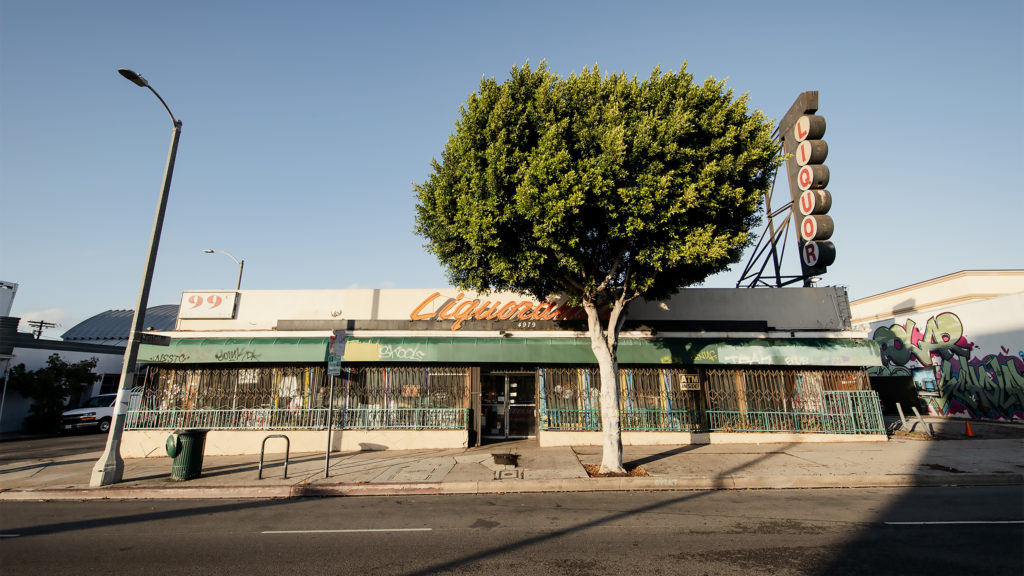
Most trees loom over our heads, their canopies out of sight. They can also be, for urbanites, out of mind as well: When we contemplate a city, we think of streets and buildings. But the city of Los Angeles — despite its reputation as a concrete jungle — is full of trees, and they shape the city.
Recent countywide research analyzed by Michele Romolini, managing director of LMU’s Center for Urban Resilience, shows how valuable trees and their canopies are: Leaves absorb not only sunlight but particulate matter from cars; they break the weight of rain, which is then absorbed by roots, easing flooding. Trees provide shade, give off moisture, and offer social, environmental and economic benefits. They also feed and protect wildlife.
“The research gives us the ability to put numbers to things that we suspected,” says Romolini. “There are public health benefits: Trees lead to reduction of crime, to community cohesion. People tend to walk more in neighborhoods with trees, so there’s less obesity.” Domestic violence, asthma and ADHD tend to be lower as well.
Trees offer these advantages to neighborhoods rich and poor, but the research shows that some places receive far more arboreal blessings than others. The social-justice asymmetry — and the fight against flood and fire, both of which well-maintained trees help alleviate — has drawn interest from policymakers and nonprofits (including TreePeople, who assisted in the analysis). How can everyone benefit?
“The No. 1 thing,” says Romolini, “is to preserve the canopy we have. We can’t replace those older growth trees.”
Planting new trees is important, but it takes years for them to provide the maximum benefits. “The No. 1 thing,” says Romolini, “is to preserve the canopy we have. We can’t replace those older growth trees.” It’s also important to connect with people, not just politicians, and show them why trees matter to their communities.
“Cities are a tough environment for trees,” Romolini says. “All the concrete, cars, the streets. But it’s incredibly important because cities are where we live — about 80 percent of people live in urban areas. So, making cities into urban forests is a potential way forward.”
Scott Timberg, a frequent contributor to LMU Magazine, is the author of “Culture Crash: The Killing of the Creative Class.” He has written for The New York Times, Los Angeles Times, The Guardian, Los Angeles Magazine and elsewhere. His article “Homeless Country” appeared in the spring 2019 issue of LMU Magazine. Follow him @TheMisreadCity.
This article was published in the winter 2020 issue (Vol. 9, No. 2) of LMU Magazine.
